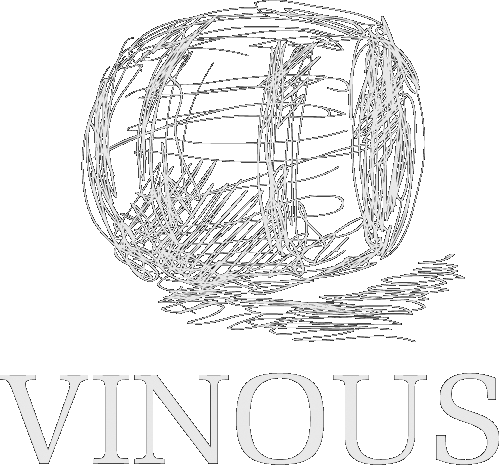Domaine Albert Boxler
Niedermorschwihr, Alsace
2017 Riesling ‘Brand’ Grand Cru
93 Points: “Bright green-tinged straw-yellow. Explosively spicy, deep nose of apple, pear and ripe citrus fruit. Then suave, dense and precise, presenting rich, ripe flavors of apple, pear and stone fruits, complicated by balsamic herbs and quince jam. Finishes long and juicy with noteworthy size and flesh. One of the biggest Brand Rieslings I have ever tasted from Boxler; so ripe and showy it is almost un-Boxler-like. The little bit of Kirchberg he added here gives power and greater backbone (the grapes from Kirchthal and Steinglitz sections of the Brand also all ended up in this wine).” - Antonio Galloni’s Vinous, 2019
94+ Points, The Wine Advocate Issue 239, 2018
Other vintages available: 2015
2011 Riesling ‘Sommerberg “D” Vendage Tardives’ Grand Cru
91 Points: “The Boxler 2011 Riesling Sommerberg D(udenstein) Vendange Tardive - labeled with a capital "D" on its presentation label - delivers extremely ripe peach, quince, mango and cantaloupe tinged with decadently sweet floral perfume in the nose and allied to subtle oiliness on an opulently expansive palate. The purity of fruit here certainly reflects what Jean Boxler reports as having been very fine, dry and evenly distributed botrytis. There may not be a lot of counterpoint here, but the melodies are seductive. I suspect that the pleasure will be best had by 2020.
"I picked all of my grand cru Riesling at the beginning of the 2011 harvest," relates Jean Boxler, "because it was already ripe and I did not want to lose purity or acidity, or to gain alcohol, and I wanted to make the wines as dry as reasonably possible. Normally, letting Riesling hang longer is the right thing, but not in this vintage, as what little I picked later demonstrated. Especially in granite soils, maturation was very rapid. In 2010, by contrast, I picked as late as I possibly could and performed no deacidification. The quality of the acids just kept improving and my foliage was still green through October." Muscat in 2011, incidentally, Boxler says of a grape with which his estate often scores memorably, "got Oechsle but simply lacked fruit," and he blended it away. Like me, Boxler deems his 2010s to be in a different class than his 2011s. "Maybe 2010 will be a bit difficult in its youth for some consumers to appreciate, but for the professional ..." he utters a sigh indicating rapture, and after tasting his collection I know what he meant! While hectoliter per hectare yields in 2010 averaged only in the low twenties, Boxler held onto the reserves he had set aside for the U.S., even as he elected to change importers, so that both his 2010s and his 2011s were shipped after the middle of 2013.” - Robert Parker Wine Advocate, 2014


